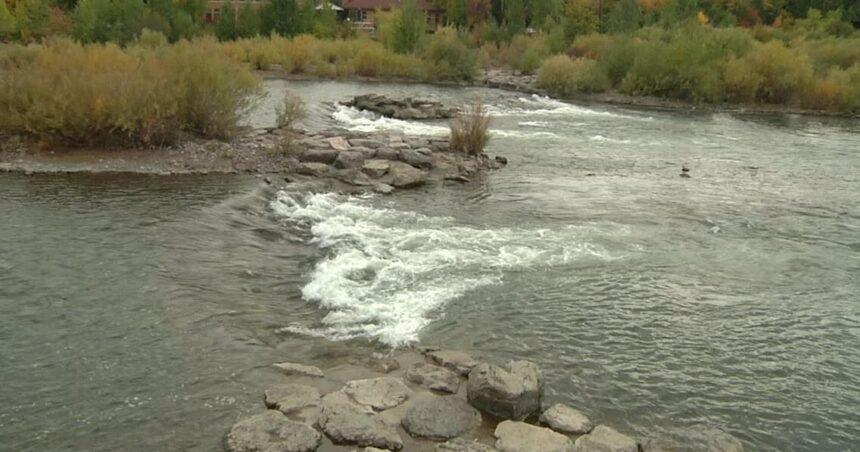MONTANA – The Montana Department of Natural Resources and Conservation (DNRC) released its drought outlook report for the summer of 2024.
NonStop Local spoke with the DNRC about what areas have been impacted the most by this year’s drought and what Montanans can expect for the remainder of the summer.
According to the DNRC, most of the state will experience its fifth consecutive year of abnormally dry conditions. This has been attributed to near record low snowpack levels leading to reduced stream flows and potentially lower reservoir levels as summer progresses.
The lack of precipitation earlier in 2024 resulted in early drought conditions in various areas of Montana. The DNRC highlights that rivers in western Montana are particularly vulnerable during this drought season, with minimal snowpack contributing to near record low stream flows in the region, which may worsen as summer advances.
“If we start getting into temperatures around 100 degrees, especially accompanied by winds, the landscape can dry out rapidly,” stated DNRC Drought Program Coordinator Michael Downey. “This could result in significant drops in stream flows.”
Despite the early onset of the dry season, most reservoirs outside of northeast Montana have higher-than-average water storage levels and are in the best condition since 2019, thanks to ample carryover water from 2023.
“This is largely due to the good carryover from last year,” Downey emphasized. “It also reflects the proactive measures taken by dam managers and operators across the state, who initiated filling early this year, yielding positive outcomes.”
While the agriculture sector initially benefitted from sustained rainfall at the start of summer, upcoming dry conditions and erratic precipitation patterns are anticipated to produce mixed results for harvests.
“Precipitation levels vary significantly across the landscape and over time,” noted Downey. “As a result, we are observing both winners and losers in terms of harvest yields.”
Despite below-average precipitation levels, the DNRC anticipates that wildfire risk remains normal statewide. However, above-average temperatures are projected to prolong the fire season into the autumn months.
To access the complete report from the DNRC, click here.




